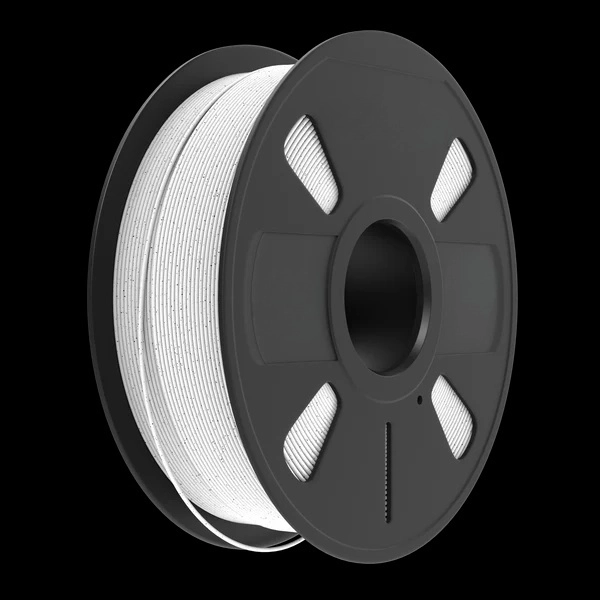Unwrapping the Future: The Quest for the Most Ideal Packaging Material

In the ever-evolving world of packaging, the question often arises: What is the most ideal packaging material? The answer is not as straightforward as it may seem. It depends on a multitude of factors such as the product being packaged, environmental impact, cost-effectiveness, and consumer preferences. This article aims to delve into these considerations and explore the contenders for the title of the most ideal packaging material.
Firstly, it is essential to understand that the 'ideal' packaging material varies depending on the product. For instance, pharmaceutical products require sterile, non-reactive packaging like glass or certain types of plastic. On the other hand, food products might need packaging with excellent barrier properties to prevent spoilage, such as metal cans or vacuum-sealed plastic bags.
However, in the current era of environmental consciousness, the sustainability of packaging materials has become a significant factor. Traditional materials like plastic, despite their versatility and cost-effectiveness, have come under scrutiny due to their environmental impact. This has led to the rise of eco-friendly alternatives such as biodegradable plastics, recycled paper, and even innovative materials like mushroom-based packaging.
Cost-effectiveness is another crucial factor in determining the ideal packaging material. While gold foil might provide excellent barrier properties, it is hardly cost-effective for mass-produced goods. Therefore, materials like cardboard, plastic, and glass, which strike a balance between performance and cost, are commonly used.
Finally, consumer preferences cannot be ignored. With the rise of e-commerce, unboxing experiences have become a part of the product itself. Consumers now prefer packaging that is not only functional but also aesthetically pleasing and easy to open. This has led to the development of materials that are not only robust and protective but also visually appealing and user-friendly.
In conclusion, the most ideal packaging material is a complex interplay of product requirements, environmental sustainability, cost-effectiveness, and consumer preferences. As technology advances and consumer consciousness evolves, we can expect to see new materials and designs that push the boundaries of what we currently consider 'ideal'.




